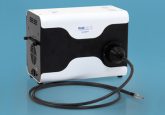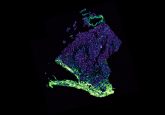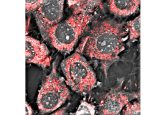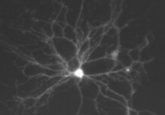Lights out for halogen microscope lighting?
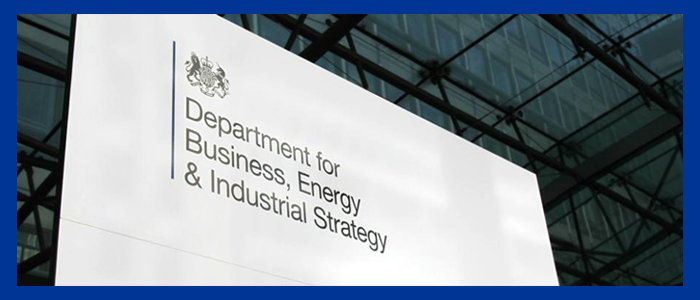
Lights out for halogen microscope lighting?
Take a closer look at your microscope and it may well have an energy-hungry halogen lamp for transmitted illumination. For this reason, the UK government announced that the sale of halogen bulbs for household use will be banned from September 2021 to cut a predicted 1.26 million tonnes of CO2 – the equivalent of removing over half a million cars from UK roads. But how might this impact the science community?
Trends in specialised applications such as microscopy often follow in the footsteps of the consumer world, and we predict an even greater number of labs shifting to the cleaner and ‘greener’ LED microscope illuminators for both fluorescence and transmitted illumination.
What’s the alternative?
The LED technology to replace halogen bulbs for microscopy illumination is already well established and the https://bit.ly/3z0MCk1 provides a multitude of reasons to switch – and these aren’t just related to the environment:
- Colour balancing is unnecessary and standardisation between sessions and samples is improved as colour temperature remains constant when irradiance is increased/decreased.
- Reduction in harmful UV exposure to the eyes, which is far safer and more comfortable when spending long hours at the microscope.
- Convenient operation (instant on/off, 0-100% irradiance control, high-speed TTL triggering).
- Energy efficiency and longer lifetime is not only great for the environment but saves money.
In the near future…
The news marks another milestone for LED illumination systems as part of our sustainable future. We predict that it will soon be the norm for us as consumers and scientists to factor in sustainability when making a purchase decision. Especially if this provides an edge in grant awards – as the UK Research and Innovation (UKRI) is now planning to consider environmental sustainability as part of funding decisions, grants and training terms.
